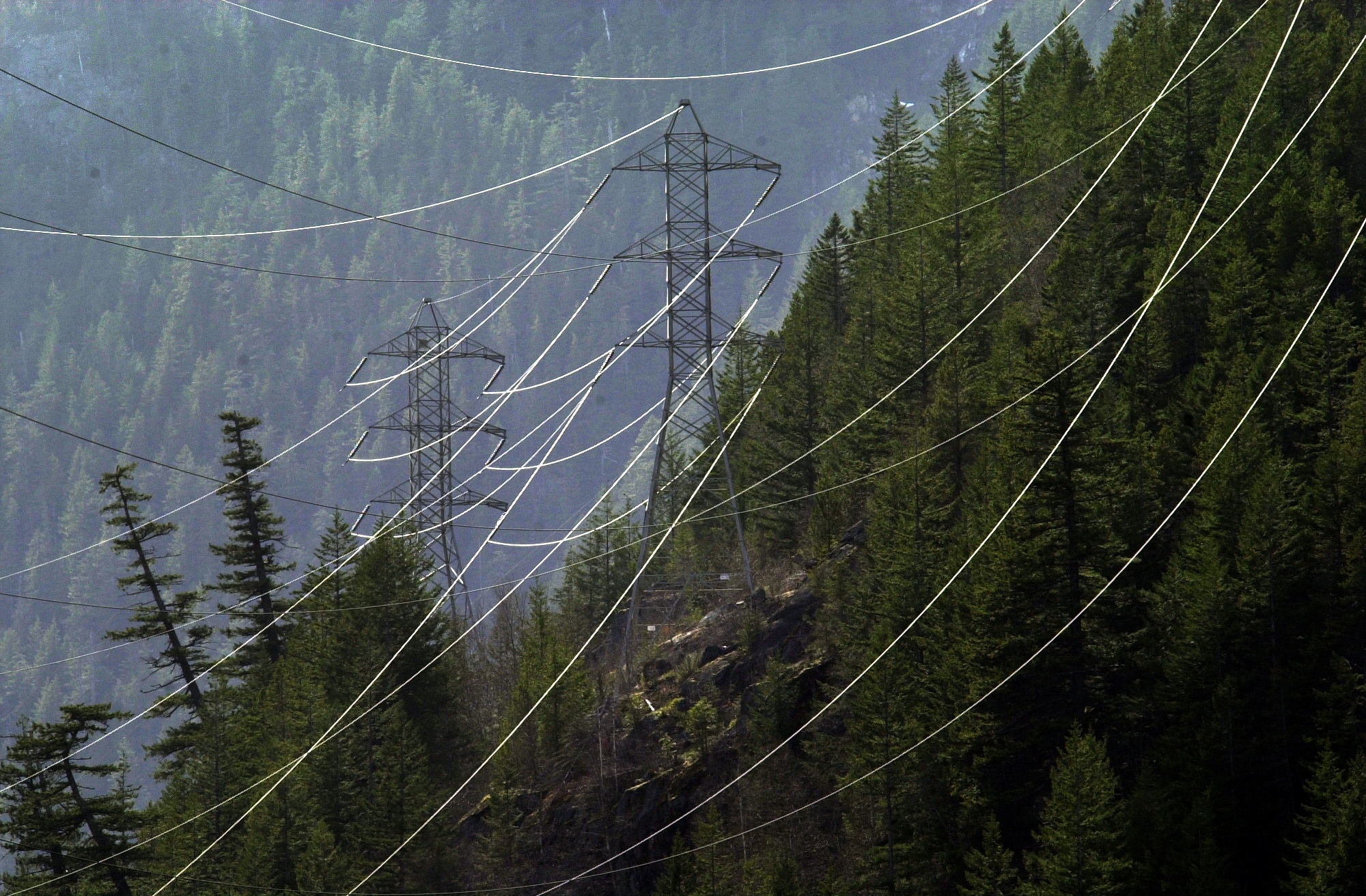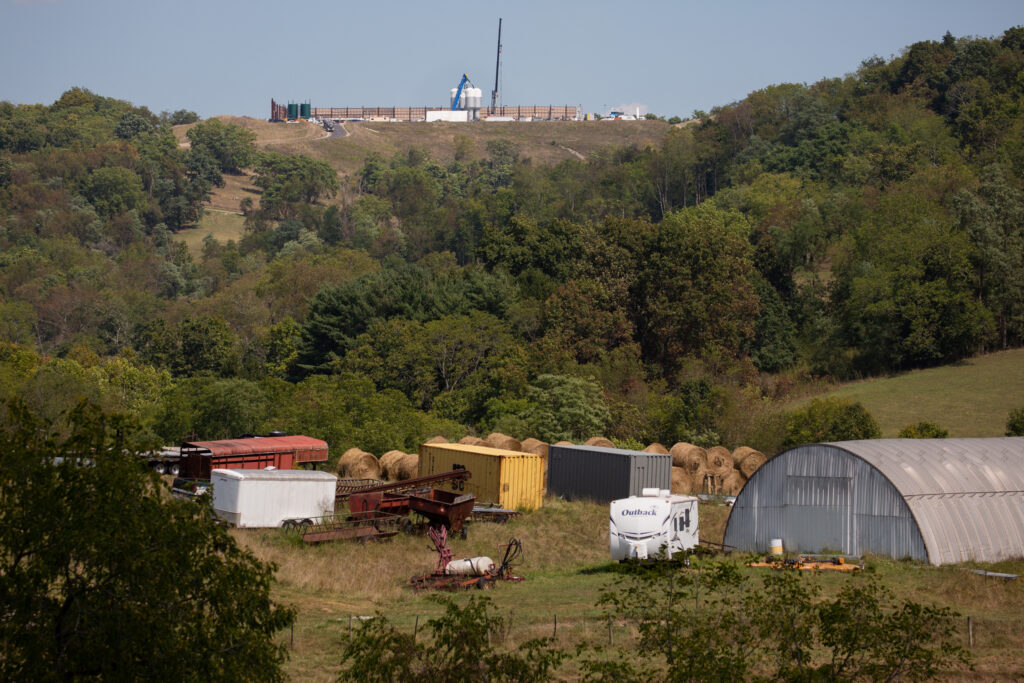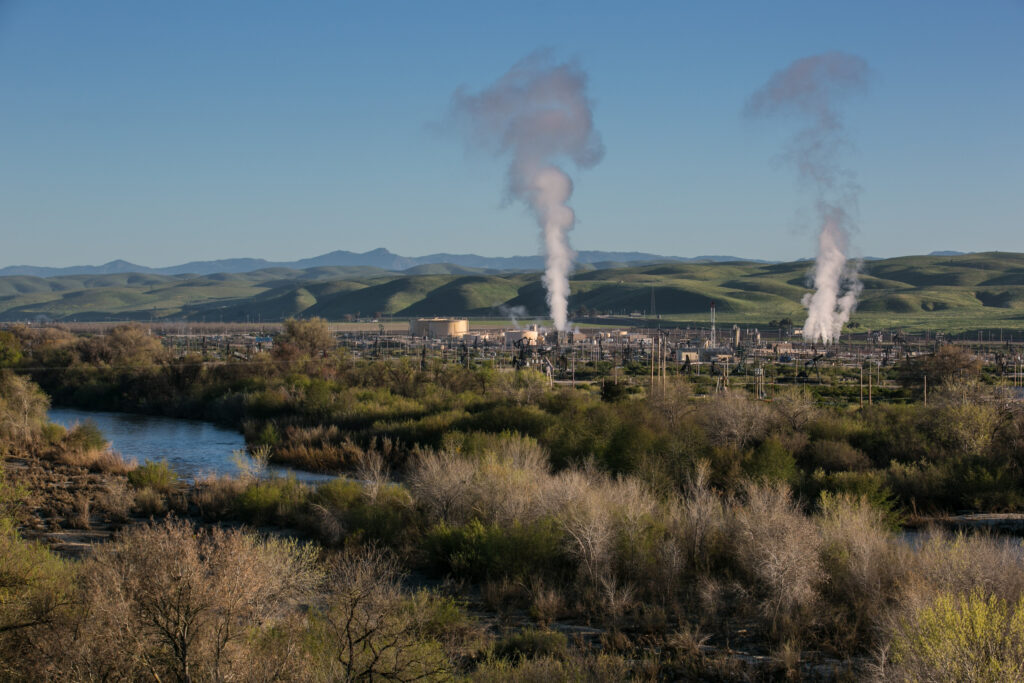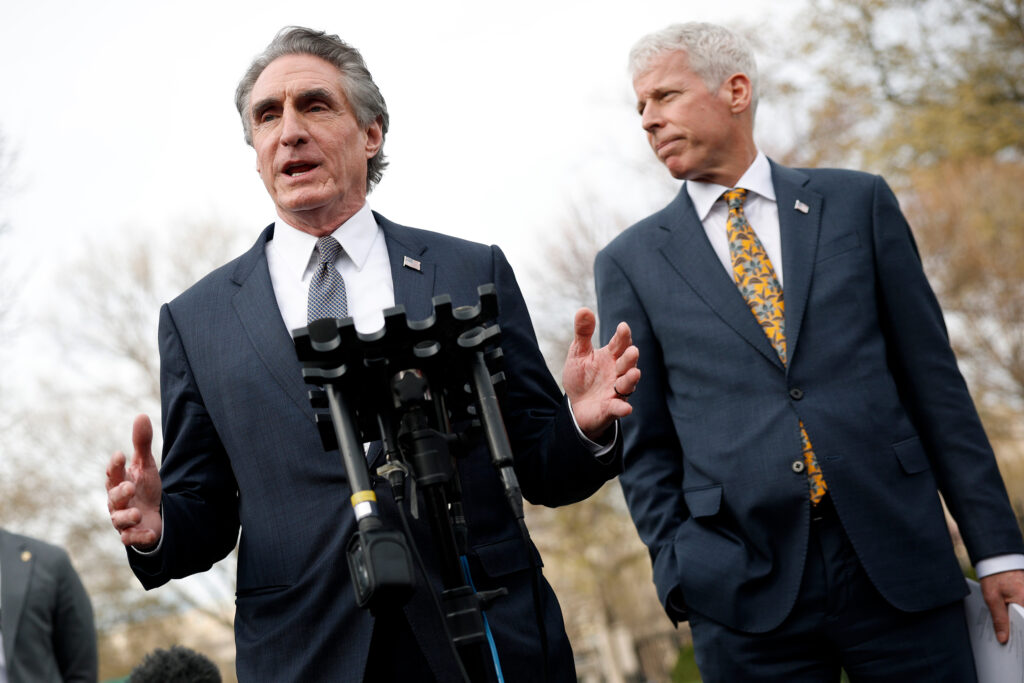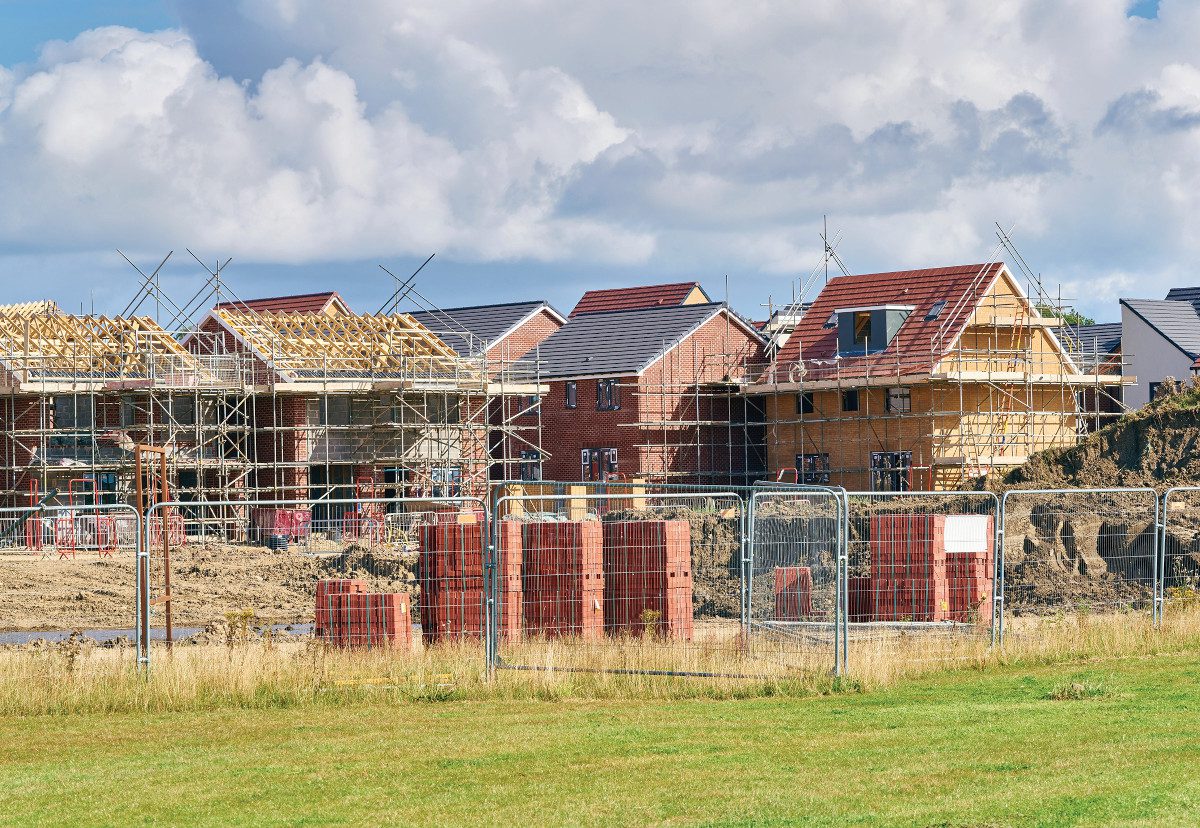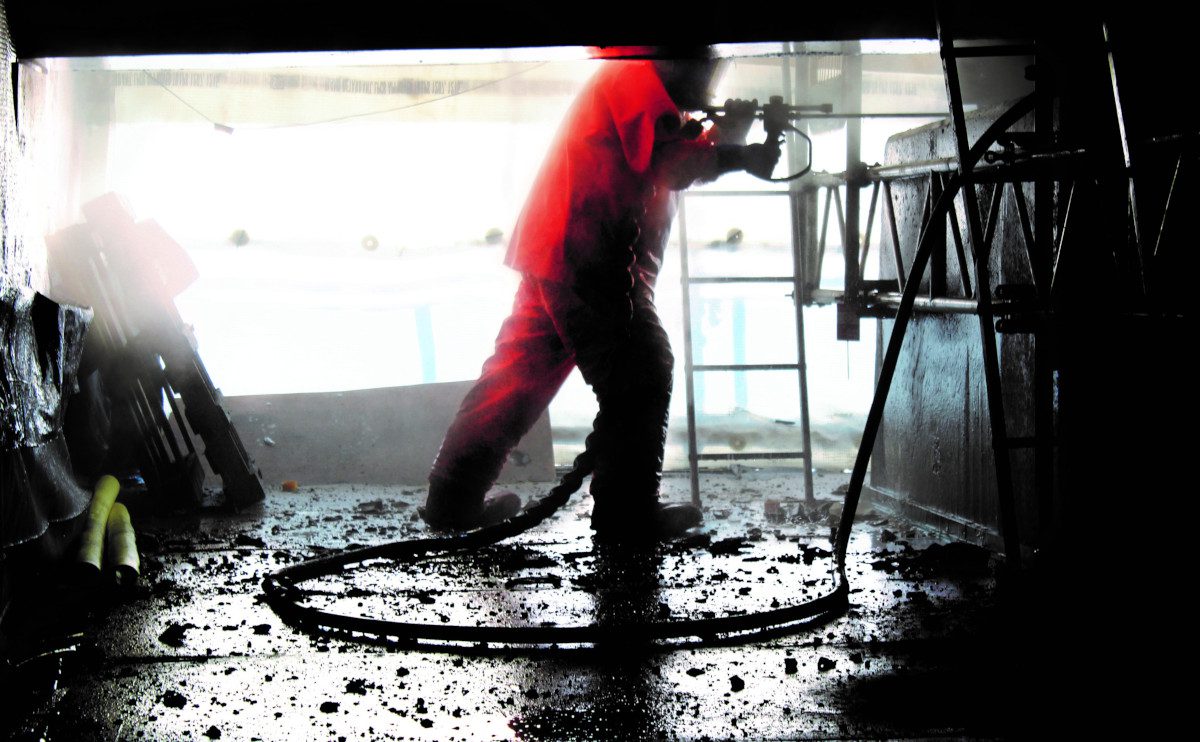Developers who hope to build thousands of miles of carbon dioxide pipelines across the Midwest continue to face fierce opposition from landowners and repeated setbacks from state and local regulators. But that hasn’t stopped one company from attempting to expand its project—already the largest proposed pipeline of its kind in the United States.
Over the last month and a half, Summit Carbon Solutions has announced deals with two ethanol producers that added 25 additional facilities to its proposed 2,500-mile carbon dioxide pipeline network in the Midwest. The project would transport CO2 captured from ethanol plants across five states and store the climate pollutant permanently underground in North Dakota.
By getting more carbon dioxide under contract, the expansion would help Summit’s financial case and, critically, would open up billions of dollars in additional tax credits, without which the project would never be built. If the pipeline is built and operates at full capacity, Summit and its partners could be eligible for as much as $18 billion in federal tax benefits over 12 years. In reality, the pipeline is unlikely to get that full amount, experts say, but it could still reap many billions, potentially enough to cover most or even all of its construction and operating costs.
We’re hiring!
Please take a look at the new openings in our newsroom.
See jobs
“Just obscene gobs of money” is how Emma Schmit, an Iowa-based activist with BOLD Alliance, who helps organize landowner opposition to CO2 pipelines, put it.
The project is among several that have been proposed in the Midwest as a result of the Biden administration’s effort to fight climate change by slashing carbon emissions from industries like ethanol production. The pipelines have faced significant backlash from environmentalists and Midwest landowners who worry about potentially dangerous CO2 leaks and are angry with the developers for attempting to seize their land through eminent domain.
In October, Navigator CO2 Ventures canceled a separate carbon dioxide pipeline project amid mounting public opposition and ongoing regulatory setbacks. Summit has faced numerous setbacks of its own, the most recent being the rejection last month of a county-level permit in Nebraska.
Given the sustained resistance that Summit has faced, and the project’s high costs—an estimated $8 billion for construction—the generous federal tax credit could help explain why the company is expanding its scope, rather than retreating.
Daniel Cohan, an associate professor of civil and environmental engineering at Rice University, said the scale of Summit’s potential tax benefit is unprecedented and far exceeds what any single wind or solar project would get, for example. But, he said, that might be the point.
“The government is trying to kickstart technologies that have only rarely been used,” Cohan said. “Agree with it or not, the logic of these carbon capture tax credits is to make them especially generous at first with the hope that they can be scaled back as carbon capture becomes more widespread in the future.”
The benefits are particularly large for ethanol plants, which produce a near-pure stream of carbon dioxide and are therefore among the cheapest carbon capture operations. The tax credit’s value, at up to $85 per ton of carbon dioxide captured and stored, far exceeds the estimated costs of running carbon capture on ethanol plants, which numerous estimates place between $20 and $40 per ton.
America’s ethanol industry is facing a major crossroads as electric vehicles eat into gasoline demand, and many in the industry now see carbon capture and the federal funding backing it as a critical lifeline for corn farmers across the Midwest. Some 40 percent of U.S. corn crops are used to make ethanol, which is then mixed into gasoline sold at the pumps, according to the U.S. Department of Agriculture.
“Agree with it or not, the logic of these carbon capture tax credits is to make them especially generous at first…”
All of this has raised questions of whether the Summit project would be a good use of taxpayer money. The company has argued that it will help lower the carbon footprint of a fuel that is already used in cars and could be used to produce lower-carbon jet fuel, known as sustainable aviation fuel. Jon Probst, Summit’s chief commercial officer, said carbon capture operations will reduce the carbon-intensity of the ethanol produced by its partners by more than half. Another estimate for a different ethanol and carbon capture project in North Dakota said it would reduce the fuel’s climate footprint by more than 40 percent. The difference depends largely on how clean you believe the ethanol to be in the first place.
Some scientists have questioned whether ethanol should be considered a sustainable fuel at all. One 2022 study determined that U.S. ethanol has a climate footprint similar to or even greater than gasoline, because increased production has converted more grasslands or forests to croplands and demanded more fertilizer. A far better option, some scientists and environmental advocates have argued, would be to focus on accelerating a shift to electric cars to replace ethanol altogether.
Much of the debate comes down to whether ethanol use can be phased out relatively quickly or whether its continued use in cars, planes or both warrants reducing the climate-warming pollution associated with its production.
“If we’re going to meet climate objectives, Summit’s type of project, that’s the scale we’re going to have to build,” said Matt Fry, senior policy manager for carbon management at the Great Plains Institute, a think tank that has convened a coalition of pro-carbon capture industry, unions and environmental groups, including Summit. Fry pointed to modeling by the International Energy Agency and others showing that the world will not be able to electrify all transportation fast enough to meet climate goals and will therefore need low-carbon fuels and carbon capture and storage.
This story is funded by readers like you.
Our nonprofit newsroom provides award-winning climate coverage free of charge and advertising. We rely on donations from readers like you to keep going. Please donate now to support our work.
Donate Now
According to Summit, the additional 25 ethanol plants would be able to capture 7.8 million metric tons of CO2 every year, bringing the total amount under contract for the pipeline to more than 16 million metric tons.
Rohan Dighe, a research analyst at the consulting firm Wood Mackenzie, said the tax credit will not likely be enough to make the project profitable, and that Summit is counting on developing markets for low-carbon ethanol. California, Washington and other states already have created markets that pay a premium for lower-carbon fuels. The federal government is trying to launch a market for sustainable aviation fuel—the Inflation Reduction Act enacted several new tax credits with that goal in mind.
Cohan said that while the carbon capture tax credit was a far more expensive way to cut emissions than building renewable energy, he compared it to some of the first incentives for wind and solar enacted decades ago.
“I think it makes sense for a wealthy, advanced country like the United States to be devoting some of its policies to advancing emerging technologies,” Cohan said. “And in this case, carbon capture from ethanol plants is a nascent technology that is one of the most affordable ways to capture carbon from industry.”





